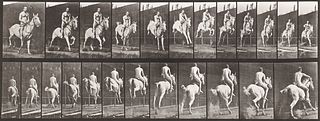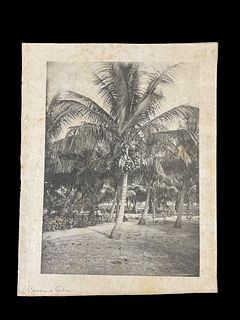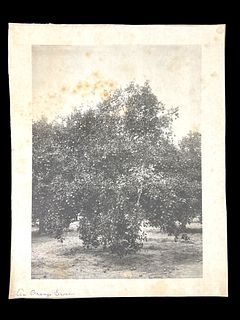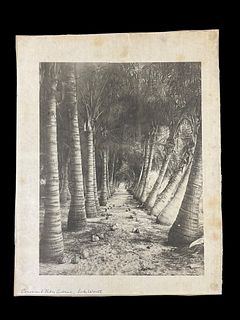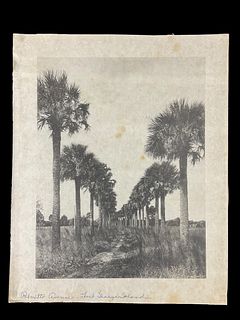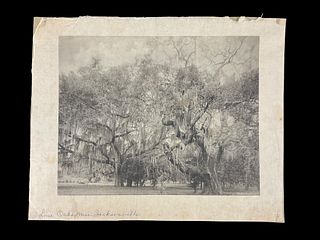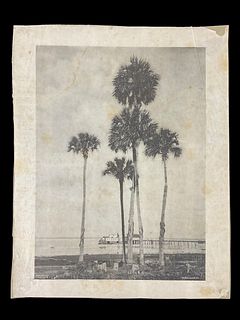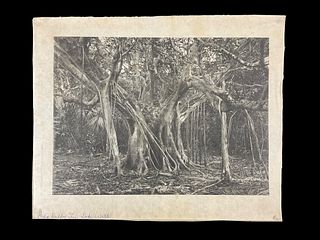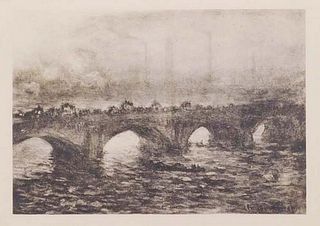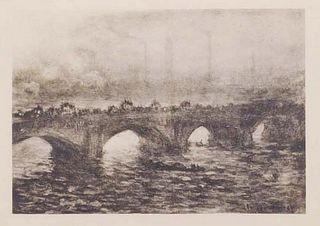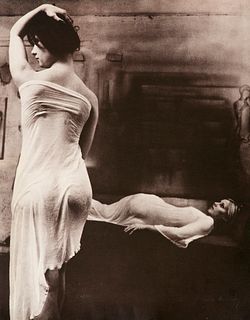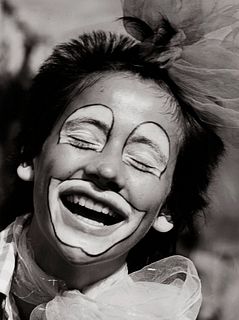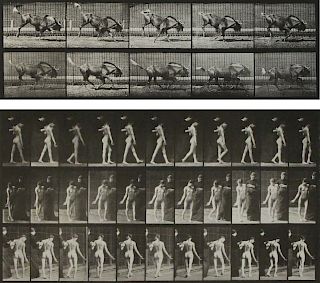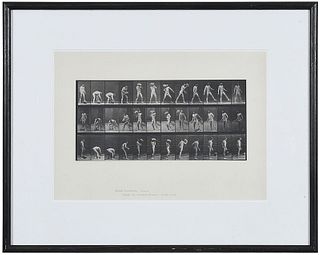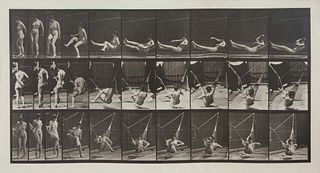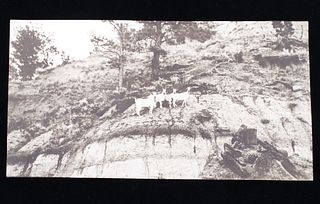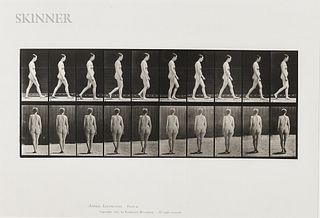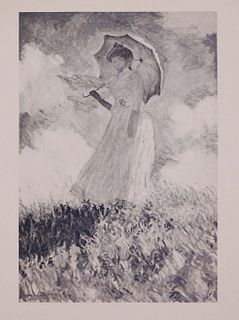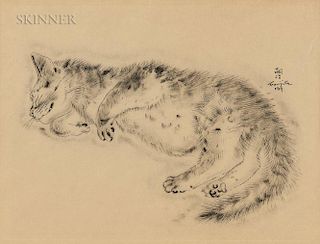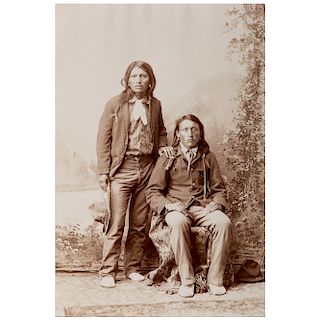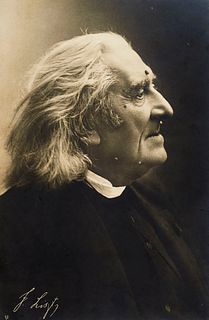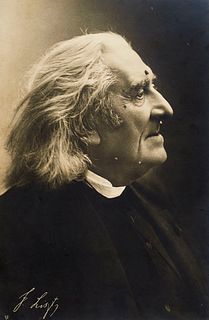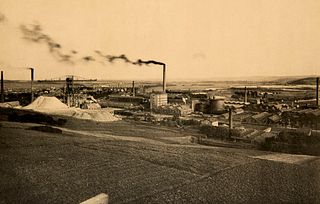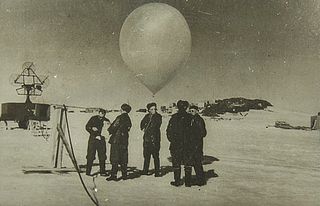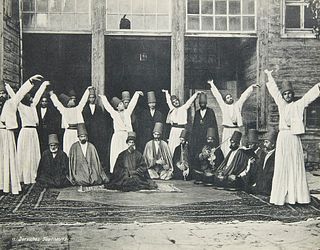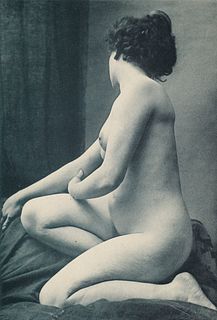In the second half of the 1800s, a collotype was a photo mechanically generated picture. It pioneered the off-set lithography technique for large volumes of image replication. One can find antique and vintage collotypes for sale at online auction Bidsquare. The process begins when developers first expose a gelatin-covered glass plate along with a negative under light, solidifying the revealed gelatin.
Unexposed portions of the plate should be wiped away, putting the gelatin in focus. The plate would then be inked and put into a printing machine to attach to the hardened gelatin. Most of the antique and vintage collotypes for sale were made during the 1870s to the 1920s. One of the most inquired categories by collectors is antique and vintage collotypes at auction.
Fine painters made use of the technique, which was first employed solely for commercial objectives. It was popular at the beginning 1900s because of its ability to accurately reproduce the delicate refinement of artworks and pictures. The method was widely employed to publish postcards that became extremely famous in America around the turn of the 1900s.
Collotype facilities still continue today, despite the fact that they are no longer utilized for commercial production as they did before. They are not utilized for commercial purposes as they require a high level of knowledge necessary for the procedure. Artists continue to respect the technique because of its 150-year history. Antique and vintage collotypes for sale can have vivid tonal shadings and precise detail. It was first introduced by Alphonse Louis Poitevin in 1856, a photographer from France.
Quick facts:
-
The Benrido Atelier, founded in 1905 located in Kyoto, Japan, allows creators to replicate their work. They allow working in a range of materials ranging from cotton to silk, even rice paper.
-
The collotype technique was the most accurate way of photograph replication, allowing pictures to be copied in publications after Joseph Albert refined the technique around 1868.
-
In 1887, Edweard Muybridge's iconic pictures of creatures in movement were originally published in collotype in the publication "Animal Locomotion". The publication was game-changing research of animal locomotion which had not been fully comprehended previously.
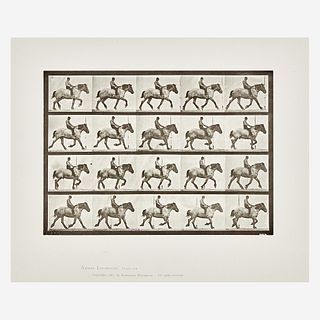 Estimate$1,000 - $1,500
Estimate$1,000 - $1,500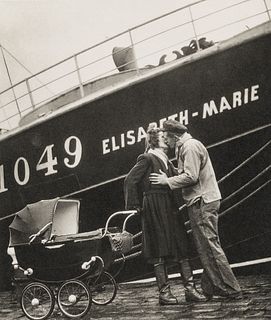 EstimateEUR€2,000 - EUR€3,000 $2,105.26 - $3,157.89
EstimateEUR€2,000 - EUR€3,000 $2,105.26 - $3,157.89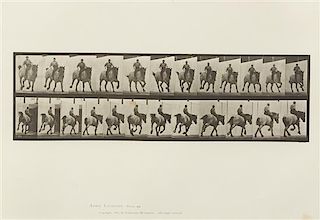 Estimate$1,500 - $2,500
Estimate$1,500 - $2,500


 EUR
EUR CAD
CAD AUD
AUD GBP
GBP MXN
MXN HKD
HKD CNY
CNY MYR
MYR SEK
SEK SGD
SGD CHF
CHF THB
THB Live Auction in Progress
Live Auction in Progress